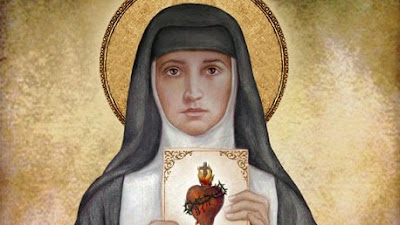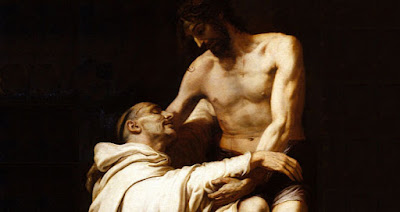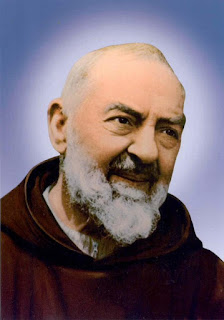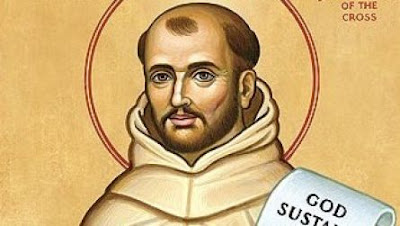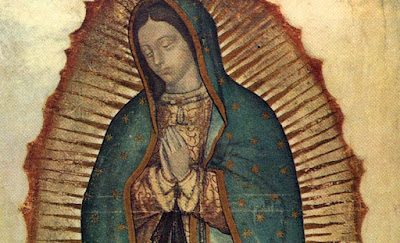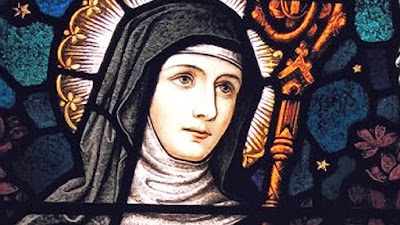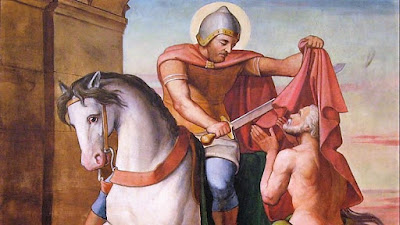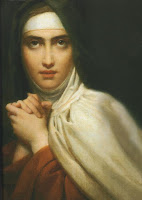Saint Elizabeth of Hungary, Her Life and Miracles

Memorial - November 17th There are people who make a lasting impact on the world even though their earthly lives are very short. Saint Elizabeth of Hungary or Saint Elizabeth of Thuringia was just such a person. Both a king’s daughter and a king’s wife, her love and care for the poor led her to be beloved by the common people during her life, and resulted in her canonization a mere four years after her death. Elizabeth, daughter of the king of Hungary, was born in 1207. In 1221, at the age of 14, she married Louis IV of Thuringia (Germany), He ascended the Thuringian throne at the age of 16. Over the next six years Elizabeth would bear him three children. The couple were deeply in love and very devoted to each other. Louis fully supported his young wife in her spiritual life and in her prodigious efforts aiding the destitute. This included selling state treasures to assist the needy. Tragically, in 1227, Louis died on the Sixth Crusade after promising Emperor Frederick II he wo
